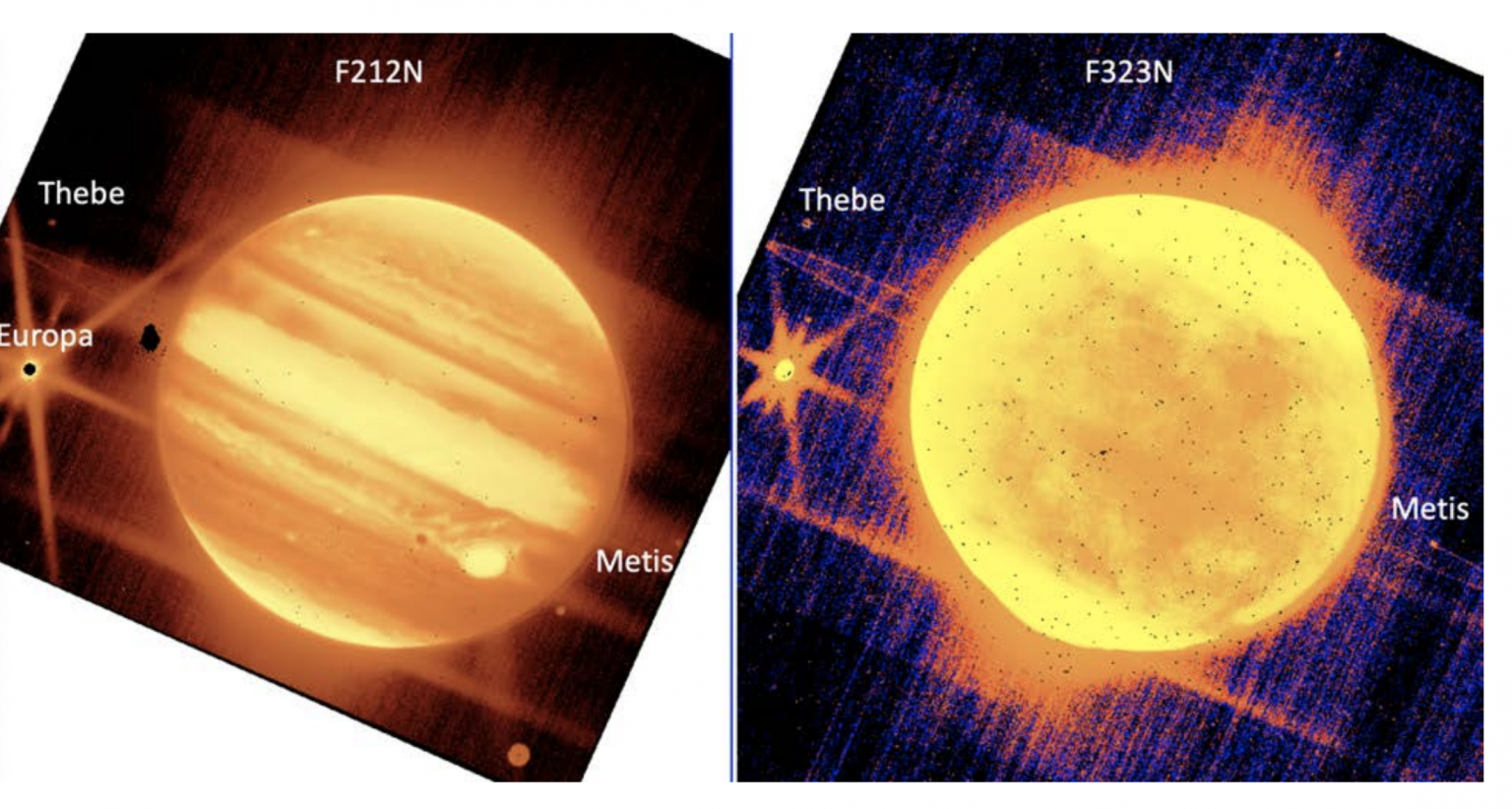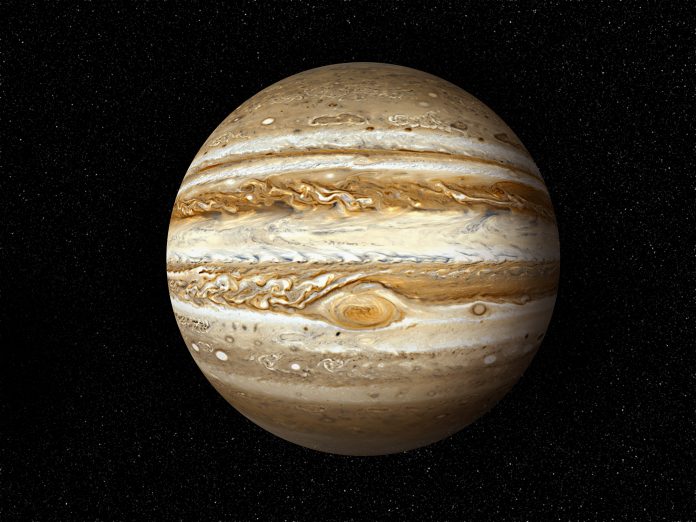Due to its size, Jupiter should theoretically have even more specular rings than Saturn, however, research has shown that its massive moons are preventing this
Conducted by UC Riverside, it has been revealed that Jupiter’s massive moons are stopping it from creating icy ring formations.
“It’s long bothered me why Jupiter doesn’t have even more amazing rings that would put Saturn’s to shame,” said UCR astrophysicist Stephen Kane, who led the research.
Researchers like Kane have previously believed that maybe Jupiter once had rings but lost them. “If Jupiter did have them, they’d appear even brighter to us, because the planet is so much closer than Saturn.”
Using computer simulations to understand Jupiter
To understand the reason Jupiter currently looks the way it does, Kane and their graduate student Zhexing Li chose to run a dynamic computer simulation accounting for the orbits of Jupiter’s four main moons, as well as the orbit of the planet itself, and information about the time it takes for rings to form.
Saturn – known for its impressive rings – has rings largely made of ice some of which may have come from comets. According to researchers if moons are massive enough, their gravity can toss the ice out of the orbit of a planet or change the obit of the ice therefore stopping any ice rings from forming.
“We found that the Galilean moons of Jupiter, one of which is the largest moon in our solar system, would very quickly destroy any large rings that might form,” Kane said. As a result, it is unlikely that Jupiter had large rings at any point in its past.
“Massive planets form massive moons, which prevents them from having substantial rings,” Kane said.
“Massive planets form massive moons, which prevents them from having substantial rings,” Kane said.
All four giant planets in our solar system — Saturn, Neptune, Uranus and also Jupiter — do in fact have rings. However, both Neptune and Jupiter’s rings are so flimsy they’re difficult to view with traditional stargazing instruments.
Using the new James Webb telescope, recent images have allowed us to see an image of Jupiter where faint rings are visible.

“We didn’t know these ephemeral rings existed until the Voyager spacecraft went past because we couldn’t see them,” Kane said.
Other planets and their space rings
Uranus has rings that aren’t as large but are more substantial than Saturn’s.
Going forward, Kane intends to run simulations of the conditions on Uranus to see what the lifetime of that planet’s rings might be. A belief among researchers is that Uranus collided with another celestial body causing it to tip over on its side and its rings may be the remains of the impact.
Beyond their beauty, rings help astronomers understand the history of a planet, they offer evidence of collisions with moons or comets. The shape and size of the rings, as well as the composition of the material, offer an indication of the type of event that formed them.
“For us astronomers, they are the blood spatter on the walls of a crime scene. When we look at the rings of giant planets, it’s evidence something catastrophic happened to put that material there,” Kane said.











